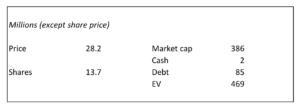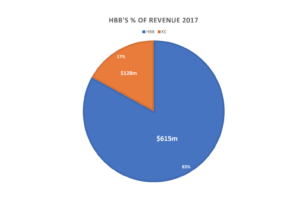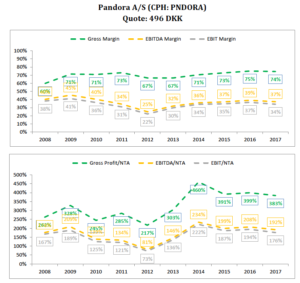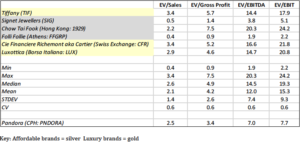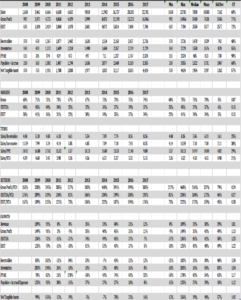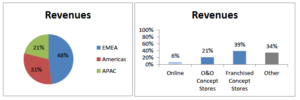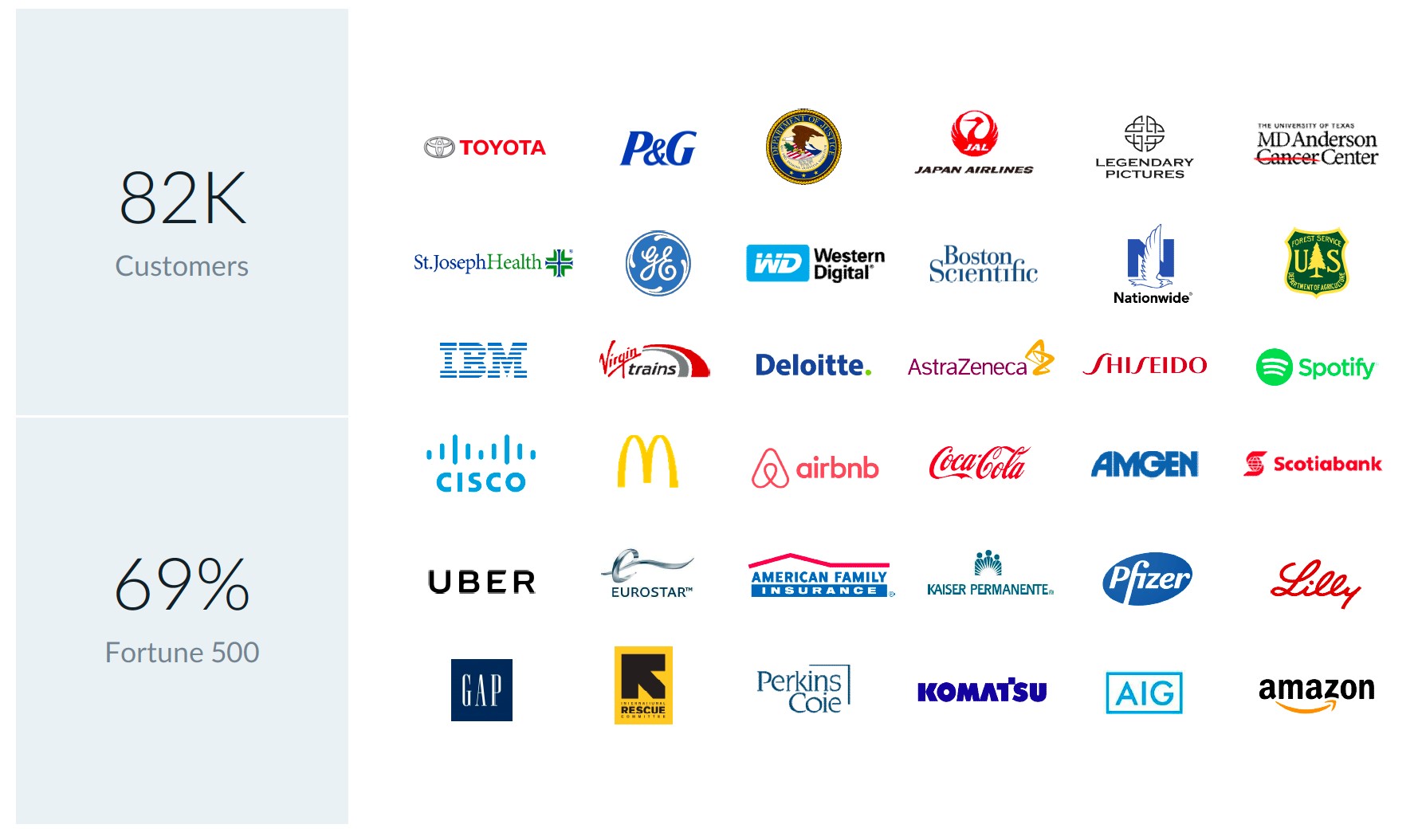There’s Always a Simpler Problem to Solve
To Focused Compounding members:
As a stock picker, when you’re first faced with the decision to buy or not buy a stock – it seems like a complicated question. Consider the mental math problem of 54 times 7. There are a couple ways of tackling this problem. The simplest though is to multiply 50 by 7, getting 350 and then multiply 4 by 7 getting 28. You add 350 to 28 and get 378. There are several ways of solving this problem. However, in actual practice, the method I laid out is the best. Sure, the answer is exactly the same as if you first multiplied 7 by 4 getting 28 to start. However, if your brain hits a snag while keeping track of the problem you’re solving you would, in the first case, already have the number 350 and therefore be just 7.5% below your target even if you gave up right then. Using the second method, your first step would only get you to the number 28. You’d be 92.5% below your target at that point and the only other bit of information you’d have is that the answer “ends in 8”. Knowing an answer ends in 8 might be useful on a math multiple choice test – but not much else. However, being just 7.5% shy of of an answer – and knowing you’re below the answer, not above – is often helpful in real life. The step “50 times 7” is simple and informative. The step “4 times 7” is just as simple, but far less informative. When analyzing something, the step you want to take next is the one that maximizes both the simplicity of the step and the value of the information you get by performing that step.
I said “…the only other bit of information you have…” back there. And that might be a helpful way to think of solving stock analysis problems: as taking steps that get you “bits” of information. What bit of information is most valuable to me? At the end of the day, a stock picker needs to decide only two things about a stock: 1) buy or don’t buy and 2) how much to buy. How much of your portfolio to put into a stock is an incredibly complex problem. A simple rule like always putting the same amount of your portfolio into every stock you buy can set that complex problem aside while you try to solve a simpler problem. Even then, you’re left with the complex problem of trying to guess what compound annual return this stock will provide should you buy it. How can you simply this problem? Well, you can take a problem that requires a quantity as the answer and turn it into one that requires only a greater than or not greater than answer. At any point in time, your portfolio will already have stocks in it. Assume you have no cash. You …
Read more
